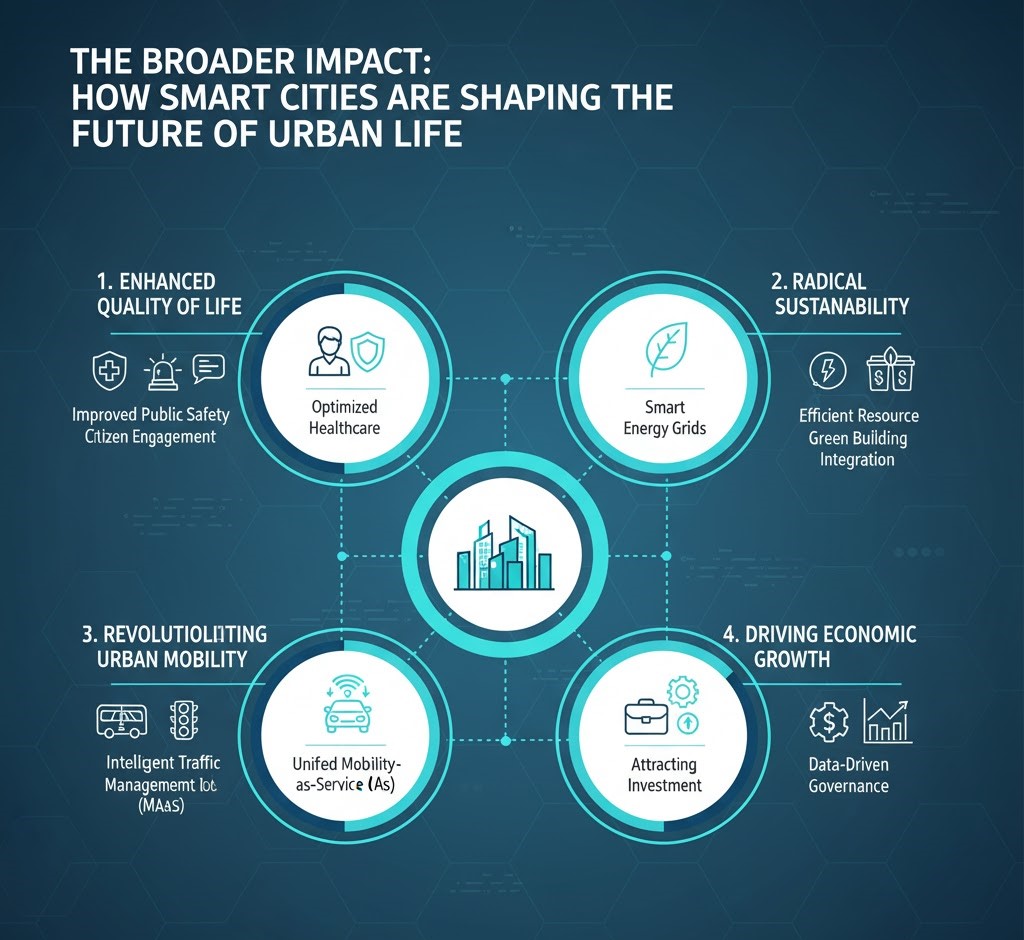Top 10 Powerful Smart Cities Leading the Future of Urban Innovation
The cities of tomorrow are already here. From AI-driven transport to green energy grids, these smart cities are redefining what it means to live, work, and thrive in the digital age.
The Rise of Smart Cities: How Innovation is Reshaping Urban Living
The future of urban life is being built today through smart cities; digitally connected ecosystems designed to make cities more sustainable, efficient, and livable. With over two-thirds of the world’s population projected to live in cities by 2050, the demand for smart urban development is skyrocketing.
Smart cities are not just about technology. They integrate innovation, governance, and citizen engagement to create environments where data and digital infrastructure improve daily life. From IoT-powered traffic systems to AI-based energy grids and hydrogen infrastructure, the transformation is reshaping global skylines and redefining what makes a city truly “smart.”
Below is a closer look at the top 10 smart cities leading urban innovation and transforming how people experience modern life.
1. Singapore City, Singapore: The Global Benchmark for Smart City Innovation
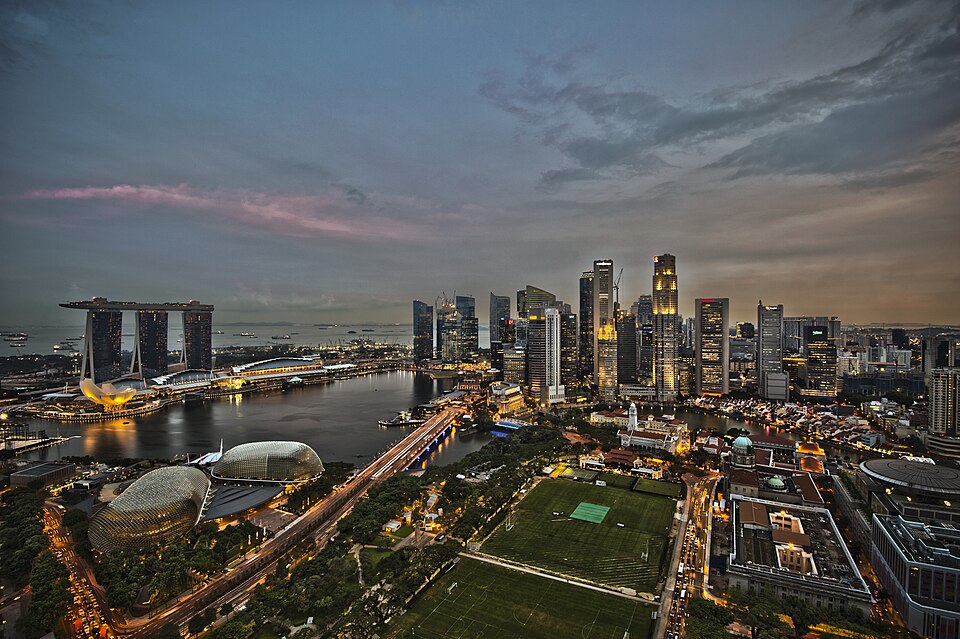
Singapore consistently ranks at the top of the global smart city rankings, and for good reason. It has developed one of the world’s most advanced urban ecosystems, integrating technology into every aspect of governance and public life.
Key Highlights:
- Smart Nation Initiative: A nationwide vision that uses data analytics and IoT to enhance mobility, healthcare, and housing.
- Virtual Singapore Project: A 3D digital twin of the entire city to test and optimise urban planning decisions.
- Smart Mobility: AI-driven traffic lights and autonomous buses are reducing congestion and emissions.
Impact:
Planners use Virtual Singapore to test flood responses, shading and wind impacts, and transport flows before committing to construction.
Smart mobility pilots reduced idle bus waiting times and improved first-mile and last-mile connectivity in trial neighbourhoods. Healthcare pilots extended remote monitoring to vulnerable groups, reducing non-urgent clinic visits.
Together, these projects demonstrate how data-driven urban management can raise service quality while lowering operating costs.
Challenges:
Data governance and privacy are ongoing concerns; integrating legacy infrastructure with new sensors is complex and expensive; ensuring equitable access to services across socio-economic groups remains a policy priority.
Future ambitions:
Singapore wants to scale its digital twin to include live telemetry from more city systems, expand autonomous vehicle corridors, and use AI to deliver predictive public services that anticipate needs rather than just respond. Singapore’s commitment to innovation makes it the model for smart cities, transforming modern living across the globe.
2. Barcelona, Spain: A Pioneer in Smart Urban Sustainability

Barcelona has turned its historic charm into a laboratory for smart city innovation technologies. Its transformation began in the early 2000s with the implementation of sensors in waste bins, streetlights, and parking spaces.
What Makes Barcelona Stand Out:
- IoT-Based Waste Management: Sensors optimise collection routes, cutting costs and emissions.
- Smart Lighting Systems: Adjust brightness based on pedestrian movement, saving energy.
- Citizen Engagement Platforms: The “Decidim Barcelona” platform allows residents to participate in policymaking digitally.
Impact:
IoT-enabled waste collection optimised routes and reduced truck mileage; Superblocks decreased traffic-related emissions and reclaimed street space for pedestrians and play.
Decidim increased civic participation in budgeting and planning, giving residents a direct voice. Barcelona’s model shows how smart city innovation can combine hardware, software, and community engagement.
Challenges:
Scaling pilot projects to city-wide programs while avoiding gentrification and displacement; ensuring long-term financing for sensor maintenance; balancing tourism-driven economic goals against resident quality-of-life priorities.
Future ambitions:
Barcelona aims to deepen citizen co-creation, expand circular economy initiatives that use sensor data to track material flows, and export its people-first smart urban development model to other cities. Barcelona proves that smart urban development is not only about technology, it’s about creating greener, more connected, and citizen-centric cities.
3. Seoul, South Korea: The Hyperconnected Metropolis
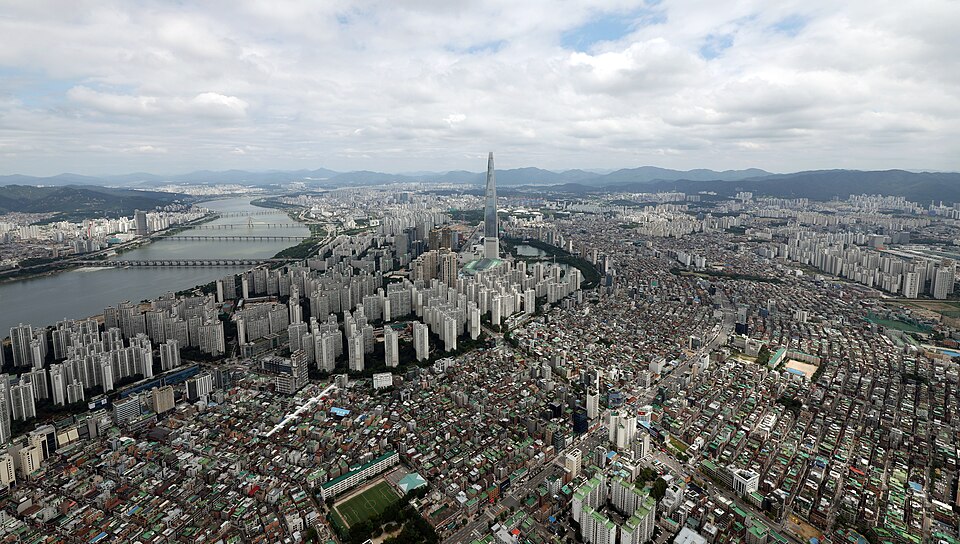
Seoul is one of the top smart cities in the world due to its integration of AI, big data, and 5G infrastructure. The city uses technology to deliver seamless public services and real-time information to its residents.
Highlights of Seoul’s Smart Transformation:
- Smart City Seoul Platform: A centralised digital ecosystem linking data from transport, healthcare, and safety systems.
- AI-Powered Traffic Management: Reduces commute times and improves road safety.
- Digital Democracy: Seoul’s mVoting platform allows residents to vote on local initiatives via smartphone.
Impact:
AI traffic optimisation reduced congestion and travel time in busy corridors; digital participation tools sped up local consultations and increased civic engagement; rapid 5G deployment enabled more reliable public safety communication and richer IoT applications. Seoul shows how intense digital connectivity and AI utilisation can improve daily life for millions.
Challenges:
Cybersecurity across densely connected systems, ensuring digital inclusion for older citizens, and managing the environmental footprint of massive data centres.
Future ambitions:
Seoul plans to link more public services to city-level platforms that provide predictive alerts, to scale autonomous transport pilots, and to refine data-driven urban resilience measures. Seoul’s proactive embrace of smart city technology positions it as a leader in Asia’s urban innovation landscape.
4. Helsinki, Finland: Sustainability Meets Smart Technology
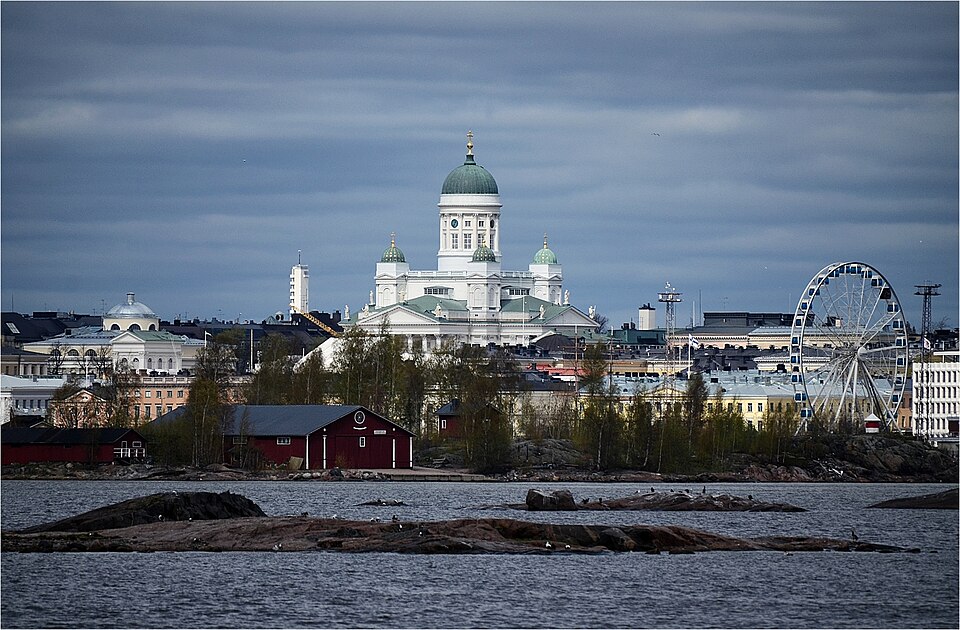
Helsinki is redefining the future of smart cities with its focus on sustainability, transparency, and human-centred design. The Finnish capital’s smart initiatives are deeply tied to its goal of achieving carbon neutrality by 2030.
Notable Smart City Initiatives:
- Open Data Policy: Helsinki shares more than 1,200 datasets to promote innovation and transparency.
- Mobility as a Service (MaaS): The Whim app integrates all transport options into a single subscription.
- Smart Energy Systems: Real-time monitoring optimises energy use across neighbourhoods.
Impact:
MaaS made it easier to shift citizens from private cars to public and shared mobility, lowering congestion and emissions in pilot areas. It utilises open data-fueled entrepreneurial ecosystems that build analytics, apps, and energy management tools. This technology allows district energy monitoring, improved load balancing, and lowered peak demand.
Challenges:
Aligning private operators on common standards, ensuring affordability of multimodal subscriptions for low-income users, and protecting privacy while enabling data-driven innovation.
Future ambitions:
Helsinki targets carbon neutrality and wants to use integrated mobility, energy, and land-use data to achieve demand-responsive urban services that reduce resource waste and improve quality of life. By blending digital solutions with environmental goals, Helsinki exemplifies innovative smart city development rooted in trust and inclusion.
5. Dubai, UAE: The City of Digital Ambition
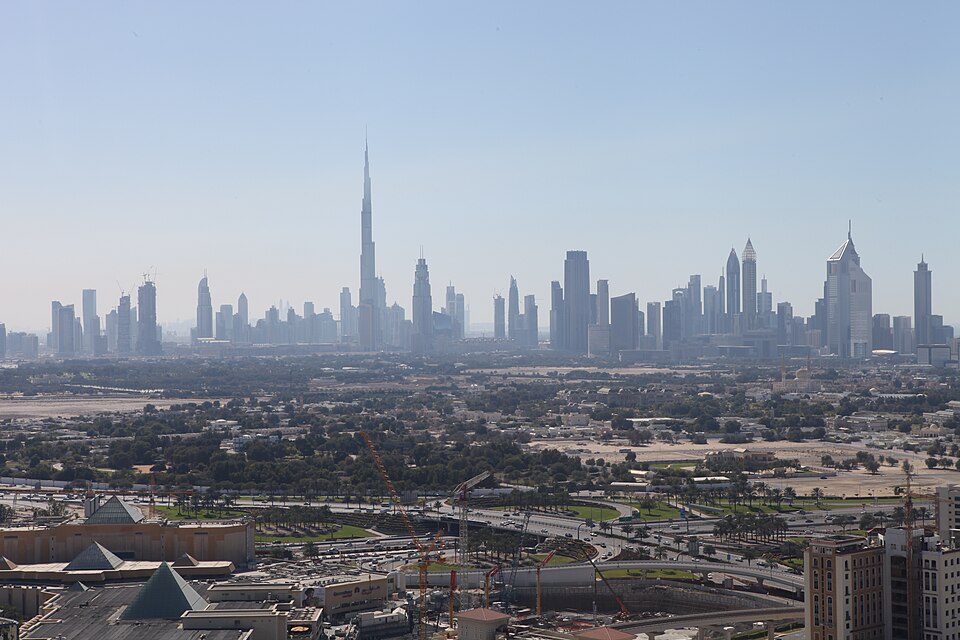
Dubai is shaping its global identity around the concept of being one of the smartest cities in the world. From blockchain-based governance to autonomous transport, it has integrated advanced technologies into city operations and infrastructure.
Core Features of Dubai’s Smart Strategy:
- Dubai Smart City Initiative: Integrates over 100 smart services across 12 sectors.
- Blockchain-Based Governance: Digital records reduce fraud and improve efficiency.
- AI Police Stations and Smart Surveillance: Enhance safety and public confidence.
Impact:
Blockchain trials streamlined permit and title processes; autonomous pilots demonstrated potential for last-mile delivery and airport connectivity; centralised service platforms reduced bureaucratic friction for residents and businesses. Dubai’s strength is rapid procurement and the ability to run national-scale pilot programs quickly.
Challenges:
Balancing rapid technology adoption with inclusive regulation, privacy concerns with pervasive surveillance, and ensuring social equity as automation displaces some roles.
Future ambitions:
Dubai aims to become a global testbed for smart city technologies, scale autonomous mobility, and migrate more government services onto blockchain-backed platforms to increase transparency and efficiency. Dubai’s bold vision aligns with the future of smart cities, where urban environments operate seamlessly through data-driven automation.
6. Copenhagen, Denmark: The Green Smart City
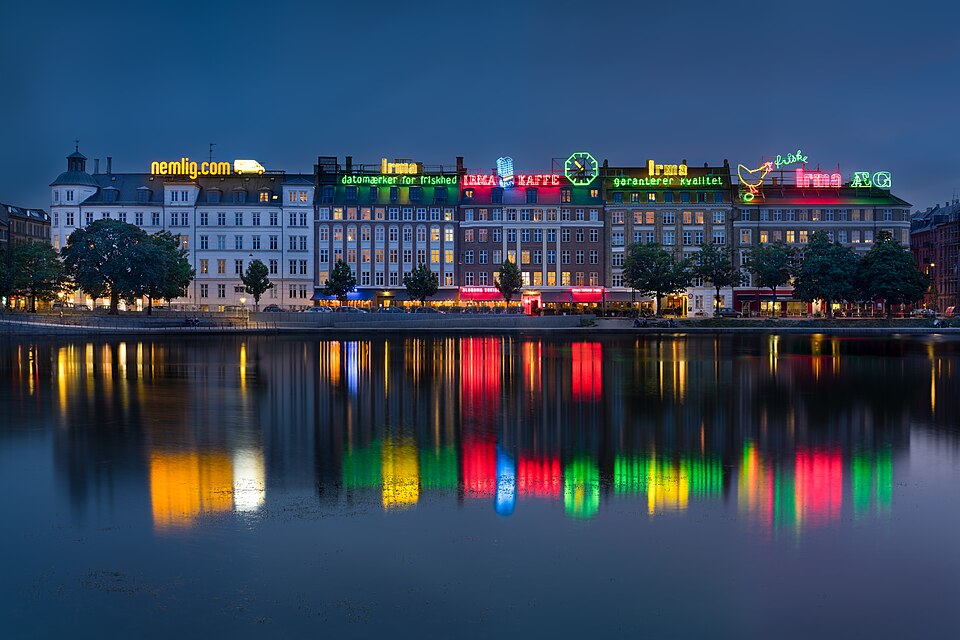
Copenhagen consistently ranks among the top smart cities due to its emphasis on sustainability and clean technology. It’s on track to become the first carbon-neutral capital by 2025.
Smart City Highlights:
- Integrated Smart Grid: Real-time energy management across industries and homes.
- Bicycle Infrastructure: Data-driven planning encourages cycling and reduces emissions.
- City Data Exchange Platform: Allows companies to share and use urban data responsibly.
Impact:
Copenhagen has reduced per-capita emissions through a blend of data-driven energy use and cycling-first planning; smarter drainage and green building technology in infrastructure, lower risk from extreme rainfall; data exchanges helped new businesses offer efficiency services to households and buildings. Copenhagen demonstrates how sustainable smart city development and habit change (e.g., cycling) can amplify tech investments.
Challenges:
Retrofitting older neighbourhoods to modern energy systems, maintaining affordability while pushing green upgrades, and ensuring interoperability between public and private data platforms.
Future ambitions:
Achieve carbon neutrality, scale city-wide vehicle-to-grid pilots, and expand live data marketplaces that help citizens and companies manage energy in real time.
Copenhagen’s mix of smart city innovation and green thinking demonstrates how data and sustainability can coexist harmoniously.
7. Tokyo, Japan: The Smart City of Resilience and Efficiency

Tokyo leverages technology to manage its dense population and enhance disaster preparedness. The city’s AI construction tools, smart energy systems, and robotics are redefining urban resilience.
Smart Initiatives in Tokyo:
- AI Disaster Forecasting: Predicts earthquakes and floods to improve public safety.
- Smart Energy Management: IoT-enabled grids adjust consumption in real time.
- Robotics in Urban Services: From construction to healthcare, robotics streamlines efficiency.
Impact:
Advanced early-warning systems reduce casualties during earthquakes and floods; microgrids provide localised energy continuity during blackouts; robotics eases labour shortages in both construction and eldercare. Tokyo emphasises robustness: technologies are selected and deployed for resilience under stress.
Challenges:
Complexity of retrofitting dense built fabric, managing private-public coordination at a massive scale, and workforce transformation as automation grows in specific sectors.
Future ambitions:
Tokyo plans to broaden digital twin use for emergency planning, increase resilient power infrastructure, and extend robotics into more operational roles on-site and in public services. Tokyo’s focus on technological resilience makes it one of the most innovative smart cities around the world.
8. Amsterdam, Netherlands: A Model for Citizen-Centric Innovation
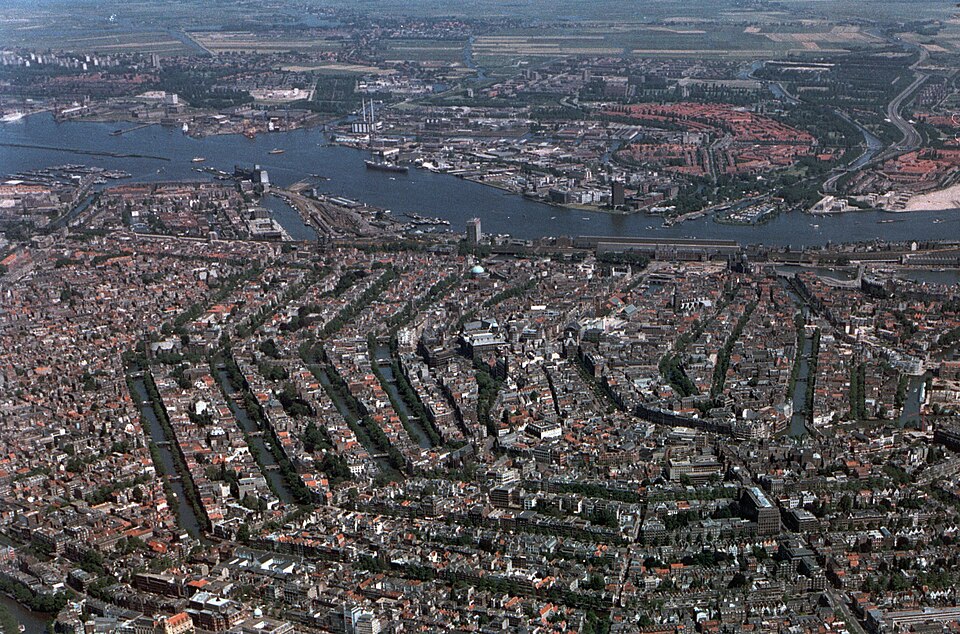
Amsterdam’s approach to becoming a smart city prioritises its citizens. The Amsterdam Smart City Initiative encourages collaboration between residents, startups, and the government to co-create urban solutions.
Smart Features:
- Open Data Projects: Promote entrepreneurship and public participation.
- Smart Energy Solutions: Solar panels and local grids promote renewable energy.
- Digital Twin Technology: Enables predictive urban planning.
Impact:
Co-created pilots accelerated local buy-in and scaled viable ideas; energy cooperatives proved community-led renewables can reduce peak demand; data transparency increased trust and supported startup innovation focused on mobility and circular economy initiatives. Amsterdam shows how a participatory model of smart city innovation can reduce friction and improve outcomes.
Challenges:
Scaling hyper-local successes across an entire metropolis, balancing tourism pressures with resident priorities, and ensuring data governance is both open and secure.
Future ambitions:
Amsterdam plans to expand neighbourhood energy projects, adopt more circular-economy pilots, and use digital twins to fine-tune urban logistics and freight movement to reduce emissions. Amsterdam proves that smart city innovation thrives when citizens are empowered to contribute.
9. New York City, USA: The Connected Global Capital
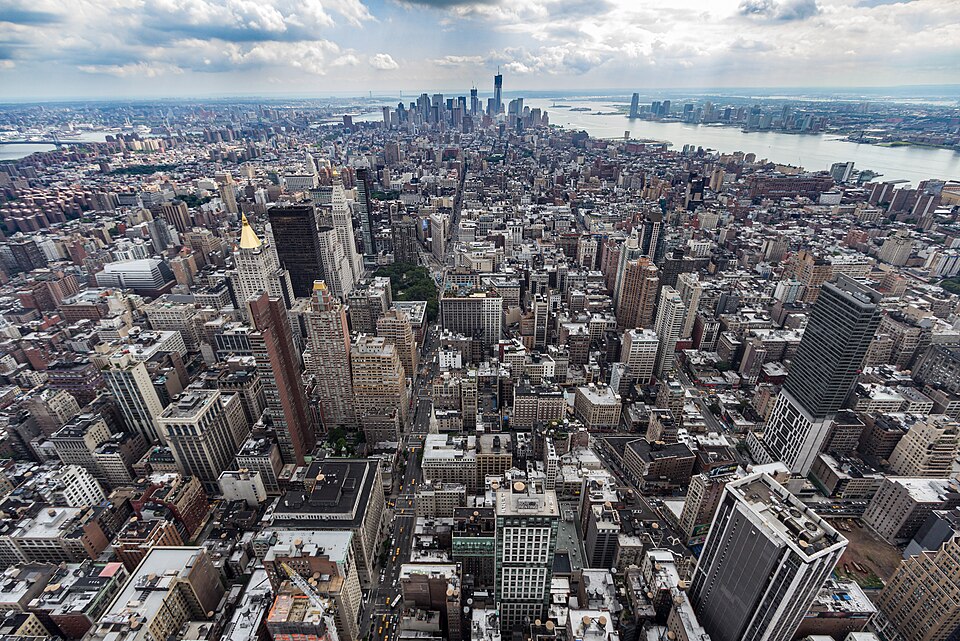
New York City continues to lead in smart urban development through investments in connectivity, data analytics, and sustainability.
What Sets NYC Apart:
- LinkNYC Program: Provides free Wi-Fi across the city, improving digital access.
- Smart Waste and Energy Systems: Optimise operations and reduce costs.
- Resilient Infrastructure Projects: Address challenges of climate change and urban growth.
Impact:
Free connectivity via LinkNYC narrowed digital access gaps in many neighbourhoods; curb-management pilots improved freight flow and reduced double-parking; targeted smart lighting and sensors contributed to energy savings across municipal operations. New York demonstrates how smart city innovation must adapt to complex political and infrastructure realities.
Challenges:
Fragmented governance across boroughs and agencies, funding continuity for city-wide rollouts, and addressing equity so that underserved communities benefit from tech upgrades.
Future ambitions:
Scale data-driven mobility pricing, expand digital inclusion programs, deepen resilience planning against sea-level rise and storms using urban modelling. New York embodies how smart cities can merge technology and policy to solve complex urban challenges.
10. Zurich, Switzerland: Precision, Efficiency, and Innovation
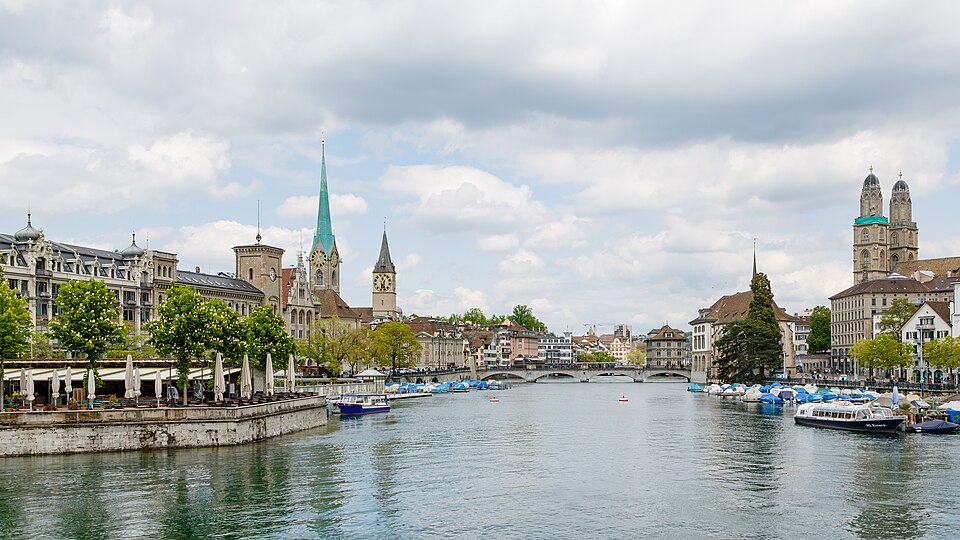
Zurich combines Swiss precision with modern technology to create one of the most efficient smart cities, transforming modern living.
Smart Highlights:
- Digital Infrastructure: High-speed networks support data-driven governance.
- Smart Public Transport: Integrated ticketing and scheduling improve mobility.
- Sustainability Initiatives: Energy-efficient buildings and waste reduction strategies.
Impact:
High reliability and public trust in digital services; efficient transport options reduce commuter stress and emissions; granular energy monitoring supports targeted retrofit investments that deliver measurable savings. Zurich’s approach is careful, quality-driven, and oriented toward reliability.
Challenges:
Conservative procurement cycles that slow rapid experimentation, balancing data privacy with service optimisation, and integrating federal, cantonal, and municipal systems.
Future ambitions:
The city plans to make municipal services frictionless through expanded e-government, roll out further mobility-on-demand pilots, and use predictive analytics to prioritise infrastructure renewal before failures occur. Zurich’s focus on reliability, precision, and green innovation ensures it remains a leader in global smart city rankings.
The Broader Impact: How Smart Cities Are Shaping the Future of Urban Life
The impact of smart cities extends beyond technology; they redefine how humans interact with their environment. From AI-driven energy systems to data-based public services, these cities demonstrate that digital innovation can enhance quality of life, sustainability, and resilience.
Key global trends include:
- Integration of AI and IoT: For real-time data analysis and intelligent decision-making.
- Public-Private Collaboration: Governments and tech firms co-develop scalable solutions.
- Citizen Participation: Engaging communities through open platforms strengthens trust.
The future of smart cities lies in harmonising technology with humanity, creating cities that are not only intelligent but also inclusive and sustainable.
Conclusion: Smart Cities and the Blueprint for Tomorrow
As the world urbanises at unprecedented rates, the top smart cities serve as blueprints for what’s possible when technology meets vision. From Singapore’s digital twins to Copenhagen’s clean energy grids, these cities are defining how innovation will shape global living in the coming decades.
The best examples of smart city development prove that when governments, innovators, and citizens collaborate, cities can become ecosystems of efficiency, creativity, and sustainability.
Call to Action: Building the Future Together
At ConstructionFrontier.com, every professional, developer, and policymaker has a role in shaping more innovative, more connected urban spaces. Explore our latest insights on smart cities, construction technology, and sustainable development.
Join the conversation, stay informed, and be part of the global movement building the cities of tomorrow.


